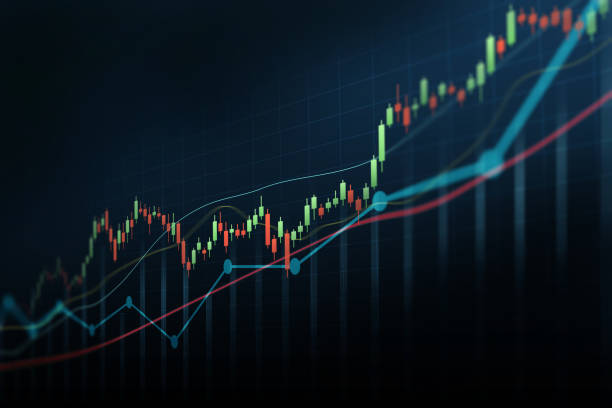Forex trading is a highly dynamic and complex market that requires traders to have a deep understanding of various key metrics. These metrics provide valuable insights into the performance and potential profitability of different currency pairs, helping traders make informed decisions.
One crucial metric in forex trading is volatility. Volatility measures the degree of price fluctuations in a currency pair over time. High volatility indicates significant price movements, which can present both opportunities and risks for traders. By analyzing historical volatility data, traders can identify periods of high or low volatility and adjust their strategies accordingly.
Another important metric is liquidity. Liquidity refers to the ease with which a trader can buy or sell an asset without causing substantial price changes. In forex trading, liquidity plays a vital role as it affects transaction costs and execution speed. Currency pairs with high liquidity are more desirable for traders as they offer tighter spreads and faster order execution.
Traders also need to analyze trends when assessing forex stocks key metrics. Trends indicate the general direction in which prices are moving over time – whether Trade currencies upward (bullish) or downward (bearish). Identifying trends helps traders determine entry and exit points for trades, increasing their chances of making profitable trades.
To analyze trends effectively, technical analysis tools such as moving averages and trend lines are commonly used by forex traders. Moving averages smooth out price data over specific periods, providing clearer signals about trend directions. Trend lines connect consecutive highs or lows on a chart, giving visual confirmation of trend patterns.
In addition to these metrics, fundamental analysis plays an essential role in evaluating forex stocks’ key metrics too. Fundamental analysis involves examining economic indicators such as interest rates, GDP growth rates, inflation levels, political stability factors affecting countries’ currencies involved in the trade pairings being analyzed.
By studying these fundamental factors alongside technical indicators mentioned earlier like trends & volatilities; one can gain deeper insights into how certain events may impact currency values. For example, if a country’s central bank raises interest rates, it may attract foreign investors seeking higher returns on their investments. This increased demand for the currency can lead to its appreciation against other currencies.
Furthermore, traders should also consider risk management metrics when analyzing forex stocks key metrics. Risk management involves assessing and managing potential risks associated with trading activities. Traders need to determine their risk tolerance levels and set appropriate stop-loss orders to limit potential losses.
Additionally, traders must calculate risk-to-reward ratios before entering trades. The risk-to-reward ratio compares the potential profit of a trade to the amount at stake in case of loss. A favorable risk-to-reward ratio ensures that potential profits outweigh possible losses, making a trade more attractive.





